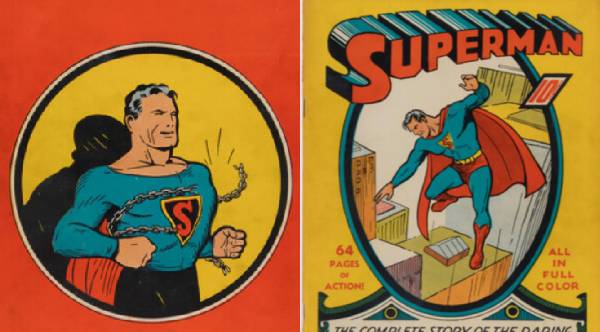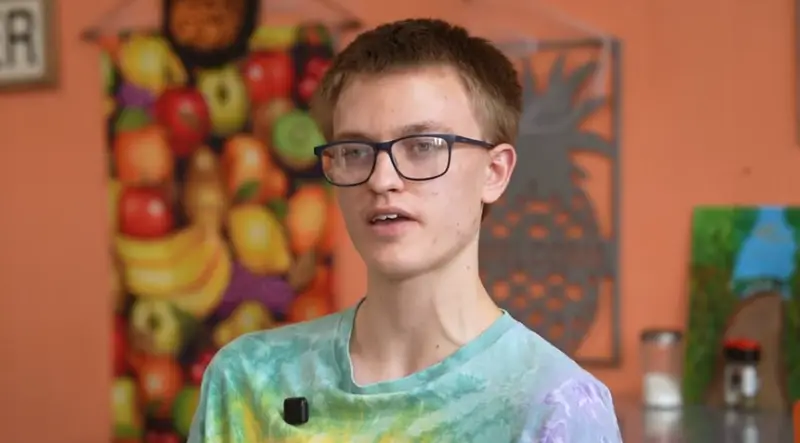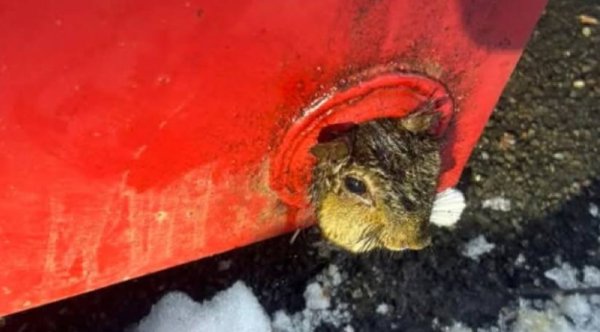City Trees And Soil Are Sucking More Carbon Out Of The Atmosphere Than Previously Thought
March 9, 2022
Boston University researchers found that trees and soils on the outermost edge of forests are taking in and storing more carbon dioxide than previously thought.

Trees are without a doubt the best carbon capture technology in the world. When they perform photosynthesis, they pull carbon dioxide out of the air and release oxygen.
Forests actually store more carbon dioxide than they release, which is great news.
"That's CO2 that's not in the atmosphere," says Boston University biogeochemist and ecologist Lucy Hutyra. "These forests are doing an incredible service to our planet."
For more than a decade, Hutyra has been investigating what happens to the planet's "lungs" when large forests are cut down into smaller patches.
"We think about forests as big landscapes, but really they are chopped up into all these little segments because of the human world," says Hutyra. These alterations to forests create more areas called forest edges — literally, the trees at the outermost edge of a forest.
It has long been assumed that these forest edges release and store carbon at similar rates as forest interiors, but Hutyra and researchers have discovered this isn't true.
They found that edge trees grow nearly twice as fast as interior trees deep in the forest. And the more a tree grows, the more carbon it is taking in.
This is good news, considering over 25 percent of the landscape in the Northeast United States is covered by an edge.
In a second related study, Hutyra teamed up with BU biologist Pamela Templer to find that soils at the forest edge felt the effects of forest fragmentation, too.
"Soils contain wild amounts of bacteria, fungi, roots, and microorganisms, and just the way we breathe out CO2 when working and being active, they respire CO2, as well," says Sarah Garvey, a PhD candidate in Hutyra's lab and lead author of a paper on forest edge soils published in Global Change Biology.
Garvey found that not only does forest edge soil release more carbon than interior forest soil, but that the soil is acting dramatically differently in rural and urban forests.
In urban forests, where the ground was significantly hotter and drier, soils stopped releasing as much carbon.
It's so hot and dry that the microbes are not happy and they're not doing their thing," Hutyra says.
See the full studies: Nature Communications, Wiley Online Library
 His Last Day As A Teacher After 36 Years. They Turned It Into A Memory For Life
His Last Day As A Teacher After 36 Years. They Turned It Into A Memory For Life
 Teacher’s Simple Strategy Is Changing The Lives Of So-Called ‘Troublemaker’ Students
Teacher’s Simple Strategy Is Changing The Lives Of So-Called ‘Troublemaker’ Students
 Man Marks 11th Straight Christmas As The Last Unmarried Member Of His Family
Man Marks 11th Straight Christmas As The Last Unmarried Member Of His Family
 'I Laughed And Cried': Vet’s Hilarious Condolence Card Brings Laughter To Grieving Cat Owner
'I Laughed And Cried': Vet’s Hilarious Condolence Card Brings Laughter To Grieving Cat Owner
 Three Brothers Cleaning Out Mom’s Attic Found A Comic Worth $9 Million
Three Brothers Cleaning Out Mom’s Attic Found A Comic Worth $9 Million
 Teen Runs His Own Restaurant ALONE — One Of The Most Uplifting Stories You'll Read
Teen Runs His Own Restaurant ALONE — One Of The Most Uplifting Stories You'll Read
 His Last Day As A Teacher After 36 Years. They Turned It Into A Memory For Life
His Last Day As A Teacher After 36 Years. They Turned It Into A Memory For Life
 A Stray Dog Wouldn't Let Go Of A Toy, So Shoppers Bought It For Him
A Stray Dog Wouldn't Let Go Of A Toy, So Shoppers Bought It For Him
 Watch The Moment This Dog Is Rescued From Dog Fighting
Watch The Moment This Dog Is Rescued From Dog Fighting
 First Responders Use Olive Oil To Rescue Squirrel Trapped In Dumpster
First Responders Use Olive Oil To Rescue Squirrel Trapped In Dumpster
 Daycare Worker Goes Viral After Dancing For Babies — Their Reactions Are Priceless
Daycare Worker Goes Viral After Dancing For Babies — Their Reactions Are Priceless
